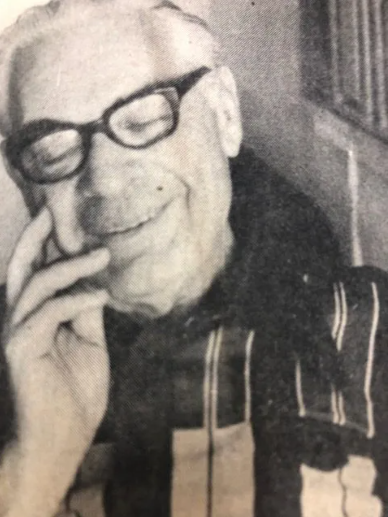Les Jacobson: The gift of great teachers
- malensoltyskb8735
- Apr 24, 2023
- 1 min read

After spending a glorious gap year living in London, traveling through England and hitchhiking across Europe, I returned to University of Illinois in Chicago in September 1968.
I wasn’t sure how well I’d do, since I’d been out of the classroom so long. But luck was with me: my first class that fall quarter in Early Modern European History was taught by Prof. George Huppert.
Huppert was a small, quiet and unassuming man, but as I quickly came to appreciate, a giant of a teacher. He began the first class by pulling down a map of Europe and describing the geopolitical forces – mountains, plains, rivers, oceans and seas – that were paramount. Sweeping his hands across the map as if leading troops, he pronounced, “This is what shaped national destinies.”










Comments